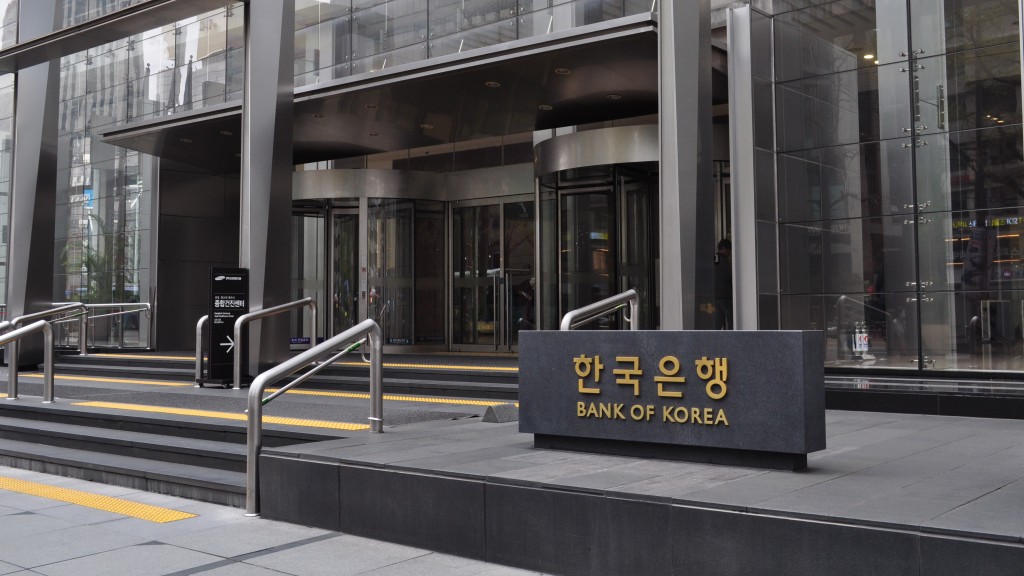
Image: Nabi Rang / Shutterstock.com
The Fed has been raising interest rates sharply to contain the rapid rise of inflation since the beginning of 2022. The quick shift in monetary policy stance and forward guidance led to heightened market volatilities as investors moved into safe USD-denominated assets amid a risk-off environment.
As a highly open economy, Korea is sensitive to unexpected shifts in the U.S. monetary policy stance. The risk of significant capital outflows and an excessively weak currency was part of the reason underlying the Bank of Korea (BOK)’s sizable policy rate hikes of 200 basis points in 2022, including two big increases of 50 basis points each in July and October. However, concerns over the external stability have to be weighed against domestic macroeconomic developments, as inflation has risen and remains elevated while growth outlook has deteriorated amid tighter financial conditions and a weakening global economy.
Given the policy trade-off, how should the BOK best respond to the Fed’s policy tightening?
In the 2022 Annual Consultation Report on Korea, we use the AMRO Global Macro-Financial Model (AGMFM), which covers 48 economies including all 14 ASEAN+3 economies, to simulate the impact of the Fed rate hikes on the BOK’s policy rate paths and the Korean economy via the transmission channels of real output, price and balance of payments.
Three scenarios of Fed rate hikes by the end of 2023 are considered, one baseline scenario based on market pricing and two hawkish scenarios with additional hikes of 75 basis points but with different paths to the higher terminal rate (“steeper-hiking” and “gradual-hiking”). In the “steeper-hiking” scenario, additional policy rate hikes would be done in the early months of 2023 and then pause for the remainder of the year. They are treated as exogenous shocks that will be used to simulate the impacts of the Fed’s policy rate hikes on the Korean economy.
The BOK’s optimal responses in these scenarios follow an estimated Taylor Rule taking into account its policy rate in the previous period, the forward-looking inflation expectation, the output gap and the short-term interest rate gap. The AGMFM then projects the optimal paths of the BOK’s policy rate and thus the short-term interest rate gaps between the U.S. and Korea, as well as the corresponding impacts on real GDP growth and inflation.
Generally, policy tightening by the Fed under all three scenarios generates a policy trade-off for the BOK.
The simulations indicate that the short-term interest rate gaps between the U.S. and Korea will continue to widen over time under all scenarios of Fed rate hikes, but it would be optimal for the BOK to only partially follow the Fed’s tightening path. In particular, the size and speed of the BOK’s rate hike would be almost in proportion to the Fed’s. This is mainly to strike a balance between higher capital outflows due to widening interest rate gaps and higher inflation but also higher GDP growth, as implied by the Taylor Rule. A complete matching of the Fed’s tightening pace would reduce capital outflows (and hence the pressure on the exchange rate) and inflation, but would also significantly lower GDP growth. As a reference, in the “steeper-hiking” scenario where the Fed frontloads the additional policy rate hikes of 75 basis points relative to the baseline scenario, the short-term interest rate gap between the U.S. and Korea would only widen by 57 basis points, compared to 53 basis points in the “gradual-hiking” scenario.
More aggressive policy tightening by the Fed would lead to greater economic impacts under optimal responses from the BOK. It is especially so when the path to the higher terminal rate is steeper. In the “steeper-hiking” scenario, the adverse impact on Korea’s real GDP growth would be the largest at nearly 1.0 percent in 2023, compared to 0.8 percent and 0.7 percent in the “gradual-hiking” and baseline scenarios. Likewise, more aggressive hikes and a steeper policy path would lower inflation by as much as 0.50 percent, compared to 0.39 percent and 0.34 percent in the “gradual-hiking” and baseline scenarios.
Overall, the BOK needs to manage a tough balancing act. While more aggressive Fed hikes would pressure the BOK to follow suit to avoid large capital outflows arising from wider interest rate differentials, the path of monetary policy would need to be carefully calibrated, weighing such capital flow stability against the impacts on growth and inflation.
